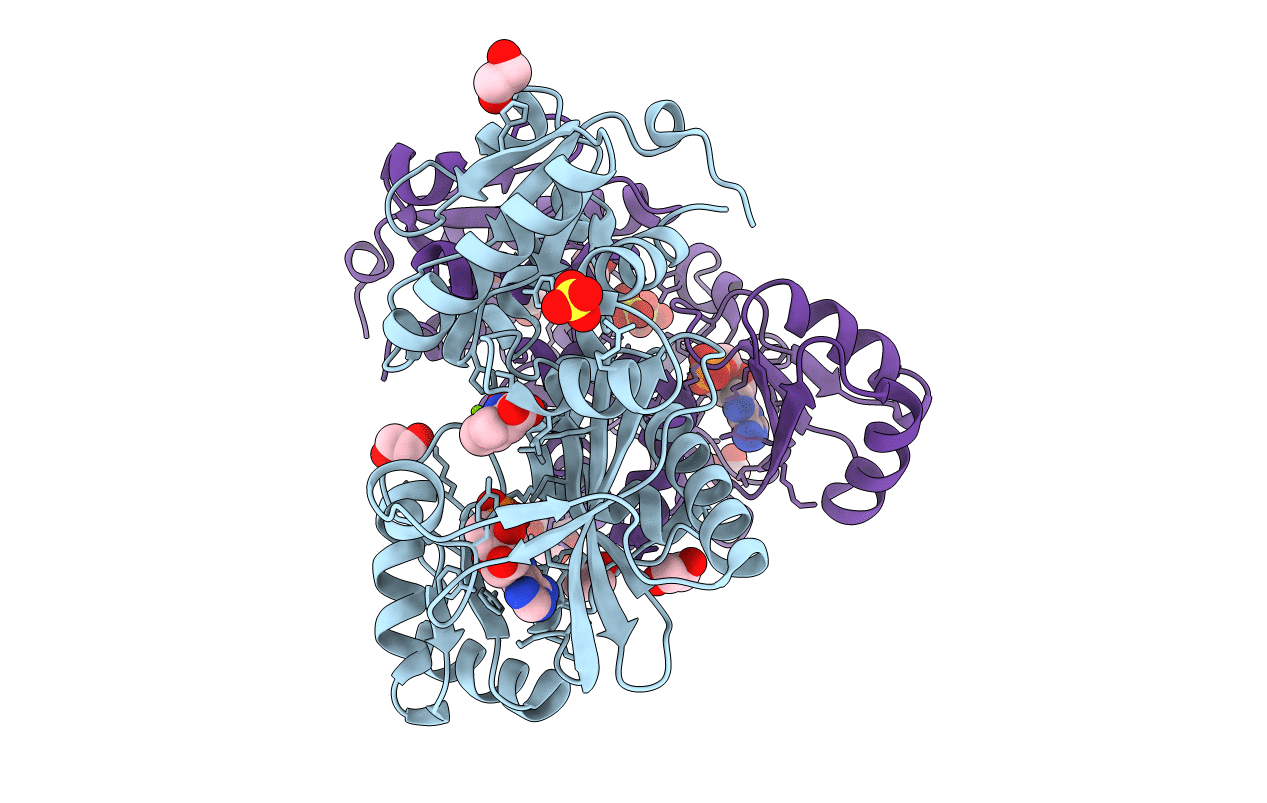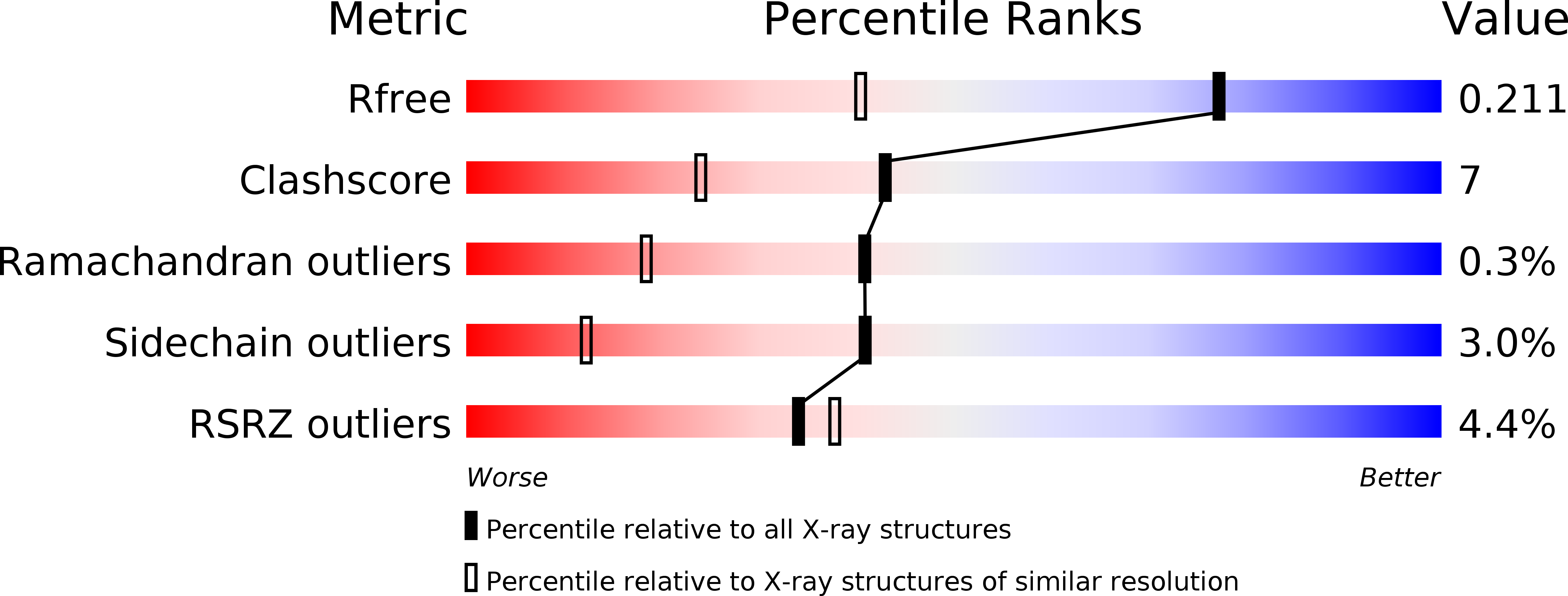
Deposition Date
2017-04-23
Release Date
2018-05-30
Last Version Date
2024-05-01
Entry Detail
PDB ID:
5NRI
Keywords:
Title:
Crystal structure of Burkholderia pseudomallei D-alanine-D-alanine ligase in complex with AMP and D-Ala-D-Ala
Biological Source:
Source Organism:
Burkholderia pseudomallei (Taxon ID: 357348)
Host Organism:
Method Details:
Experimental Method:
Resolution:
1.50 Å
R-Value Free:
0.20
R-Value Work:
0.13
R-Value Observed:
0.13
Space Group:
P 1 21 1


